Protection from solar radiation

In a recent text, we talked about the Sun and different kinds of UV radiation. Now, we need to learn more about protection from solar radiation.
First of all, it should be remembered that none of the existing options of sun protection are 100% effective.
The only way to achieve that would be to completely avoid sunlight, but the consequences that the body suffers due to the lack of sun are incomparably more dangerous than the consequences of an excessive “dose” of sunbathing. Of course, it is necessary to take appropriate protective measures and follow some rules.
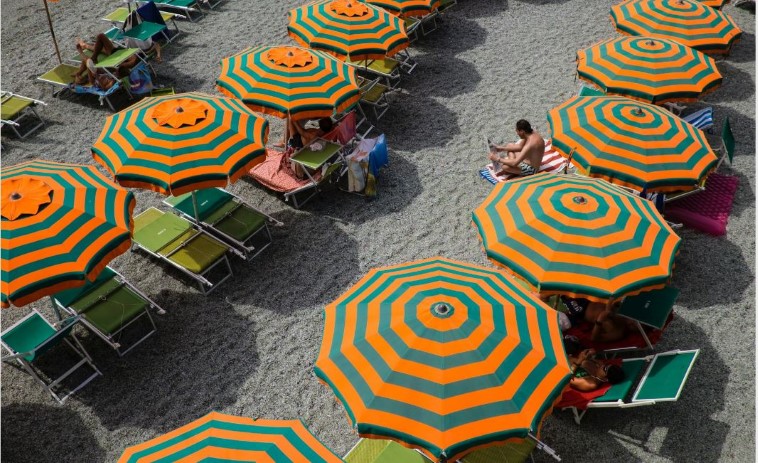
It is known that the intensity of the sun’s rays is not always the same, but that it depends on the time of day and time of year. Everyone knows very well that it is darker and colder outside when there are clouds in the sky, while it gets much warmer when the sky is clear, and the Sun is high in the sky. All these effects that we observe are related exclusively to the arrival of visible light.
The situation with UV rays is somewhat different, for example, some clouds block visible light, but UV rays pass through unhindered. Our senses do not react to UV rays, so we cannot rely on them, the only thing left is the use of special instruments for measuring radiation and listening to the weather forecast.
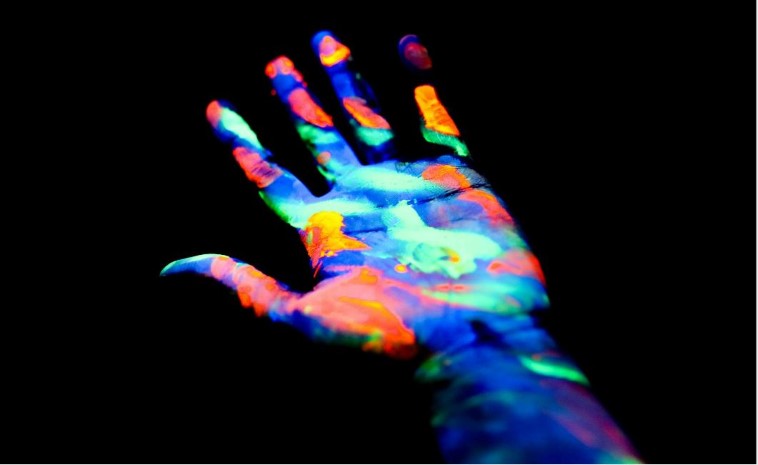
In 1992, three Canadian scientists set up a scale for measuring UV radiation, by which the intensity of radiation was expressed as the so-called UV index. Soon after the definition of this scale, TV stations in Canada and the USA included data on the UV index in their regular weather forecast. Today, this scale is accepted all over the world and UV index values can often be heard on television, especially during the summer months.
The UV index measures the intensity of all UV radiation reaching the surface (i.e. UVA and UVB). The value of the UV index starts from zero and can have increasing integer values.
The lower the value of the UV index, the lower the risk of staying in the sun. As the intensity of radiation from the Sun increases, the UV index becomes higher and higher.
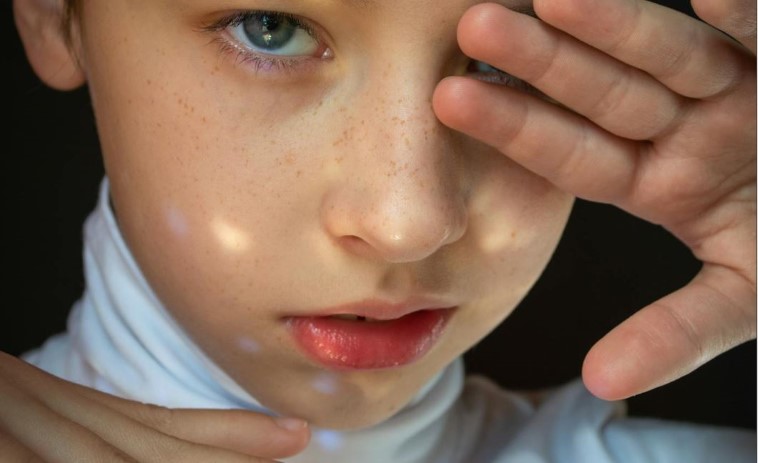
In fact, when the UV index reaches a value of 11, it is considered that the incoming radiation is extremely dangerous, and then staying in the sun should be minimized. As the UV index increases, the time it takes for the sun’s rays to cause burns also decreases, for example, when the UV index is 1, that time is about 60 minutes, and with a UV index of 11, the time is reduced to only 10 minutes!
In recent years, a lot has been done in the field of protection from solar radiation. The protection mechanism is relatively simple – it is necessary to provide “some” shield around the skin that will not allow harmful rays to come into contact with the cells. First of all, the fabric from which the clothes are made serves as protection, and different sunscreens should be used for exposed parts.
All clothing and all creams do not provide the same protection because UV rays do not behave the same when passing through different materials. In order for people to know the degree of protection provided by certain clothing or cream, two scales have been introduced.
The first scale expresses what percentage of UV radiation passes through the fabric. This scale is known as CPF (Cloth Protective Factor). The value of the CPF factor ranges from 1 to 50. This number indicates what percentage of UV radiation the fabric allows, for example CPF 50 means that only 2% of the radiation passes through the fabric (1 / 50 = 0.02, i.e. 0.02 * 100 % = 2%), similarly CPF 15 passes 6.7% of radiation.
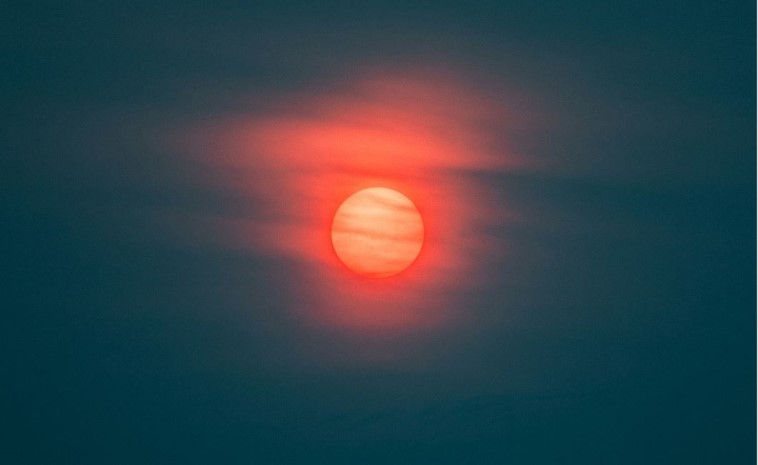
The CPF factor is used only for clothing, while for protective creams we use the so-called SPF (Sun Protective Factor). This factor is expressed on a scale from 1 to 60. The SPF factor indicates the time it takes for the skin to burn, the higher the SPF factor, the longer UV rays need to cause changes.
For example, if the SPF is 50 and unprotected skin needs 10 minutes to burn, after using a cream with this protection factor, this time will be extended to 10 * 50 = 500 minutes.
You should be especially careful here – this time only serves to express the degree of protection, the cream does not allow you to stay in the sun for those 500 minutes and not burn, but only guarantees that the effects of radiation in those 10 minutes will be 50 times less!
When protecting against UV radiation, special attention should be paid to the environment. UV rays don’t come only from the Sun, but are also reflected from surrounding objects, water or snow.
This reflection is often far more pronounced than the reflection of light rays. Also, UV rays easily pass through water and while water protects you from heat and cools you down, UV rays can cause serious burns to your skin. These mentioned reflection factors can sometimes multiply the UV index from the weather forecast.
In the end, perhaps we can answer the question we asked before – the Sun should not be feared, but it should still be respected and whenever possible avoid prolonged exposure to the Sun.
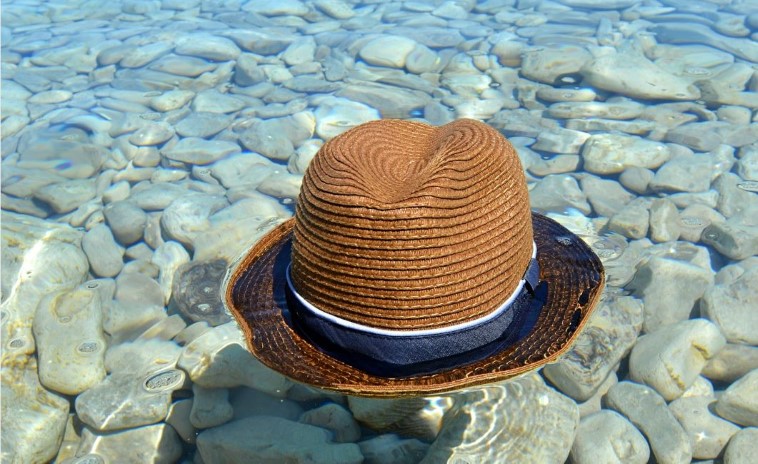
Sunlight and rays are necessary for life, but what is necessary is 10-15 minutes of being in the sun per week, not hours and hours spent on the beach in the hot summer sun.
As with everything, moderation is key and prolonged exposure to UV radiation is not the way to go. Avoid leaving the house when the Sun is at its highest peak and staying in the shade when sunbathing will be more than enough to catch some color, while avoiding all the negative side-effects that come along.

